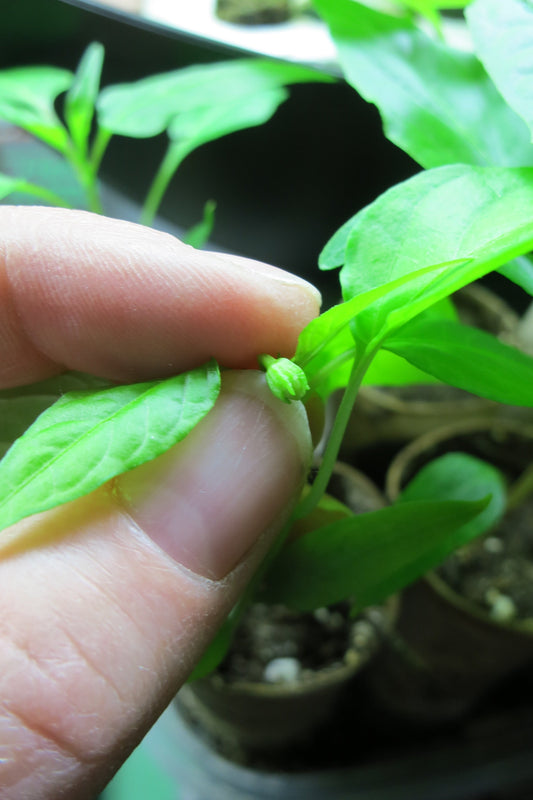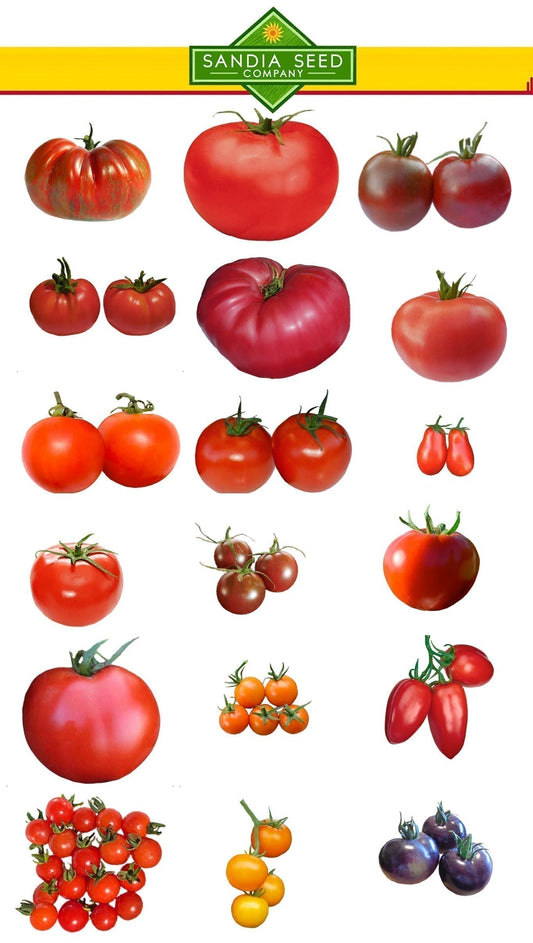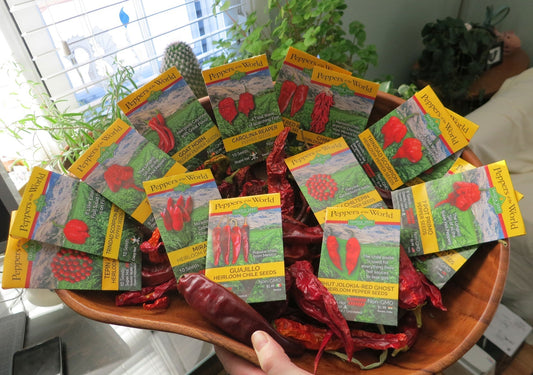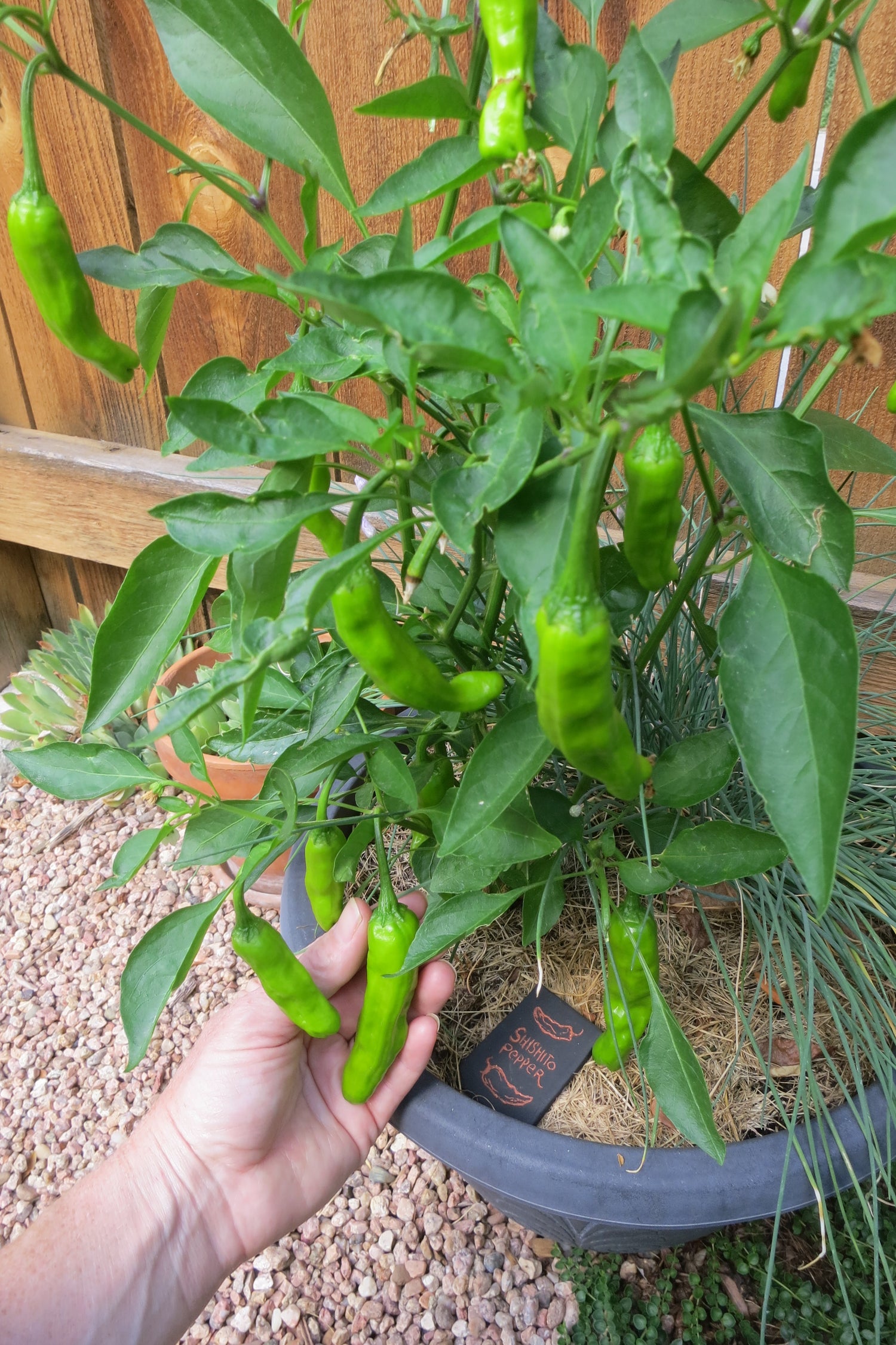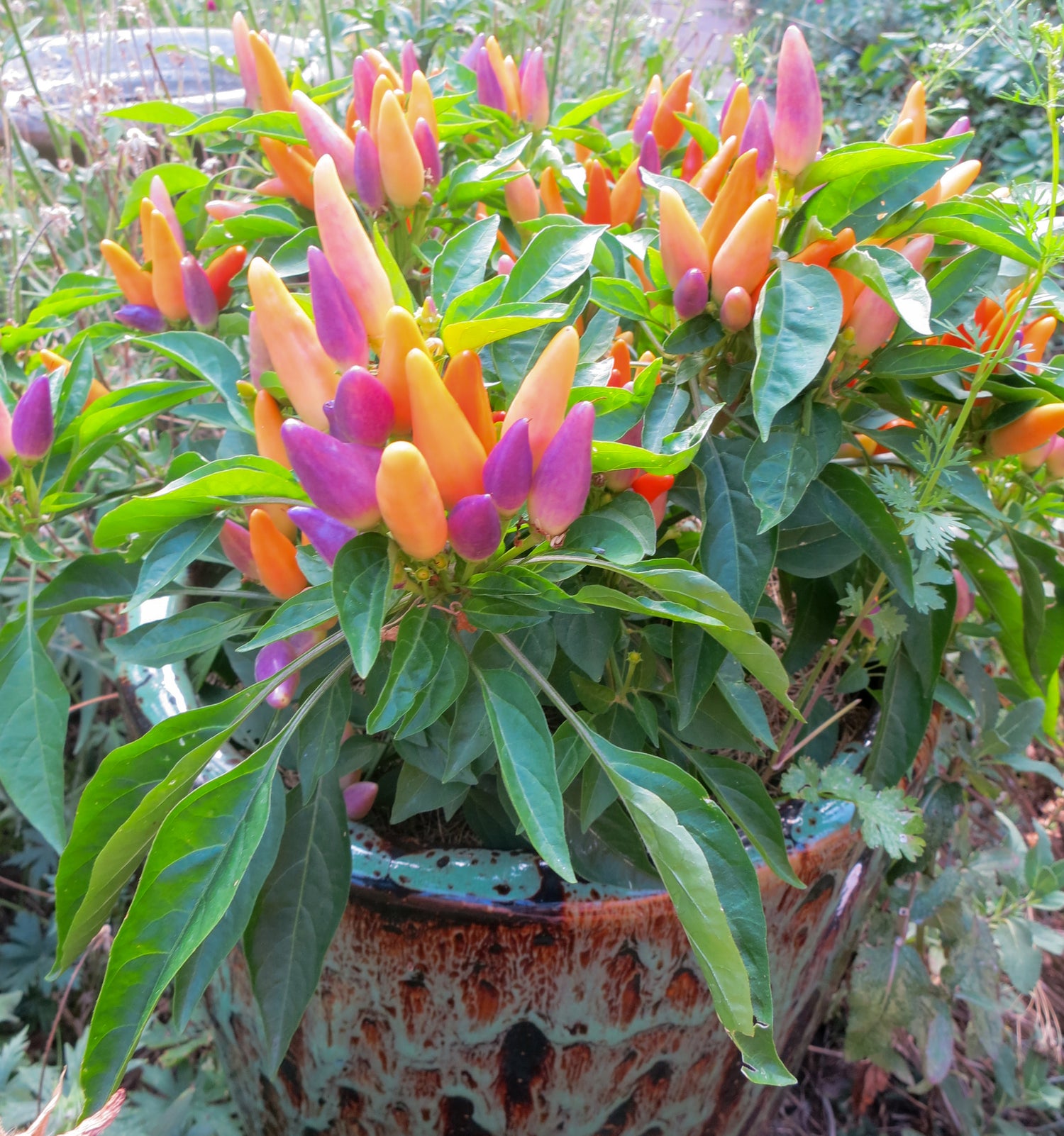Can I winter sow in February?
Yes, February is a great time for Winter Sowing in many regions like the West. We usually have to wait until mid-May here in Colorado to bring out indoor-started peppers and tomatoes and other warm weather veggies to harden off and get ready to transplant into the garden. But that doesn't mean you can't start some seeds outdoors despite the freezing weather and snow... because you can Winter Sow!

Cool weather veggies, herbs and native plants can do very well when Winter sown in Feburary-April! Winter Sowing is a great way to get some seeds planted in February so that by March/May/April they are ready to transplant into the garden for an extra early crop.
What is Winter Sowing?
Winter Sowing is simply starting seeds outdoors in containers in the winter months. This can be done various ways with all sorts of containers, but one of the most popular methods is re-using empty plastic vinegar, water or milk jugs. You simply cut them in half, and fill half with dirt, then put the top half back on (leaving the lid off), and putting them outside in a sunny spot – keeping watered as needed to keep the soil moist. The seeds will germinate when they're ready and will grow into great seedlings to use to transplant all over your garden in the spring. Winter sowing is great for people who don't have room indoors to start seeds – plus you don't have to buy any lights or use any electricity! These mini-greenhouses are perfect for starting seeds.
Winter sowing works especially well with native plants like echinacea, herbs, and cool season vegetable seeds such as cabbage, lettuce, broccoli, spinach, green onions, sugar snap peas, cabbage, cilantro, oregano in January-February in your winter sowing jugs.
Here is a simple diagram to show how Winter Sowing works:
So if it's from February-April – don't fret! It's not too late to start Winter Sowing! Many winter sowers succession plant jugs and containers to have a constant supply of seedlings to plant and stagger in the garden for a continual long harvest. Cilantro, for example, is great to sow every 2 weeks from February-June so that you can have a constant supply of the herb, which truly loves to be in flower and will always bloom and go to seed in summer's hot temperatures.
Warm Weather Veggies & Winter Sowing:
Note: For warm weather loving plants like peppers, tomatoes and eggplants, winter sowing can be used* but you'll want to starting them much later and protect them from deep freezing temperatures is helpful.
Peppers* easily get stunted by cold temperatures, so IF* you used Winter Sowing for peppers, you'd want to start them using this method much later in the spring (May/June) when temperatures have warmed up considerably, and even protect them on freezing days or nights by bringing them indoors or under cover. Learn more about Winter Sowing Peppers »
Eggplants also like warm conditions, so start them indoors about 6-8 weeks prior to transplanting outdoors in the garden.
Tomato seeds grow quite fast so you can also start those about 4-6 weeks before transplanting time, so you could start them in late April/May using the Winter Sowing method in many regions like ours (Zone 5).

Plants like cucumbers, squash and pumpkins are usually best direct seeded in raised mounds once all chance of frost has passed. You don't need to start them indoors or in pots, in fact, they don't really like having their roots disturbed so direct seeding is best. You could use Winter Sowing, but you'd want to keep them spread out and then be ready to transplant them very soon after they get their first set of true leaves.
*We DO recommend starting peppers (and other warm weather loving plants like tomatoes, eggplants, and basil) indoors under lights for the greatest success. Peppers really do like warm temperatures and indoor house temps are typically perfect for them to grow strong before transplanting outdoors. You only want to bring them outside after it has warmed up to 50-60˚ F + at night unless you're providing some sort of cover such as a hoop house or cold frame. Peppers are very sensitive to cold and their growth will be seriously stunted if exposed long to temperatures below 50˚ F. And if you have a short growing season, a stunted pepper plant is not going to get really going until the summer is almost over!
So, is February a good time to sow pepper seeds indoors?
Learn more about when to start peppers indoors »
 Find more of our tips for how to grow peppers from seeds »
Find more of our tips for how to grow peppers from seeds »
Read more of our top tips for Winter Sowing »
Happy growing!



